Born in Texas City, Brown was a classically trained pianist who graduated high school in Galveston then got a degree in chemistry at A&M. Settling in Los Angeles in 1943 he teamed up with guitarist Johnny Moore (brother of Nat ‘King’ Cole guitarist Oscar Moore) and bassist Eddie Williams as “Johnny Moore’s Three Blazers”. Together they laid the foundation for a new style of Blues that leaned heavily towards Jazz. Their influence would be felt by everyone from Ray Charles to Chuck Berry. Crooning was new to Blues, previously the domain of the balladeer, and nobody did it better than Charles Brown. After a few years Brown got tired of not receiving due credit on album despite being the star attraction in the group and went out on his own. DRIFTIN’ BLUES draws mainly from his early days with the Three Blazers giving a glimpse into the Central Avenue nightclubs of the post-war era.
The title track is Brown’s signature tune and his calling card. Opening with the glorious sound of Johnny Moore hitting a chord on his big box Gibson through tube amp and sliding down, Brown’s piano comes in as if said opening were a carpet laid out for him. Melancholy in its sophistication the song sets the stage. “Nite After Nite” and “Fool’s Paradise” play up the crooning while “Saving My Love For You” and “Honeysipper” provide West Coast sophistication to solid R&B numbers. “Black Nite” is the crowning moment. The usual melancholy gives way to a stark world weariness that takes the group to new heights.
While the title track and “Black Nite” are easily two of the highlights it’s at the end of the album that we get the first of two Christmas songs that would forever cement Charles Brown as a musical figure, “Merry Christmas Baby”. Although “Please Come Home For Christmas” is more widely known thanks in part to Johnny & Edgar Winter recording it “Merry Christmas Baby” is Brown at his tongue-in-cheek best. His laconic vocal delivery is coy as he delivers lines like “Merry Christmas pretty baby/You sure been good to me/You know I haven’t had a drink this morning/But I’m all lit up like a Christmas tree”.
Charles Brown passed away in 1999, the same year he was inducted into the Rock ’n Roll Hall Of Fame.
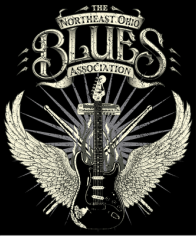
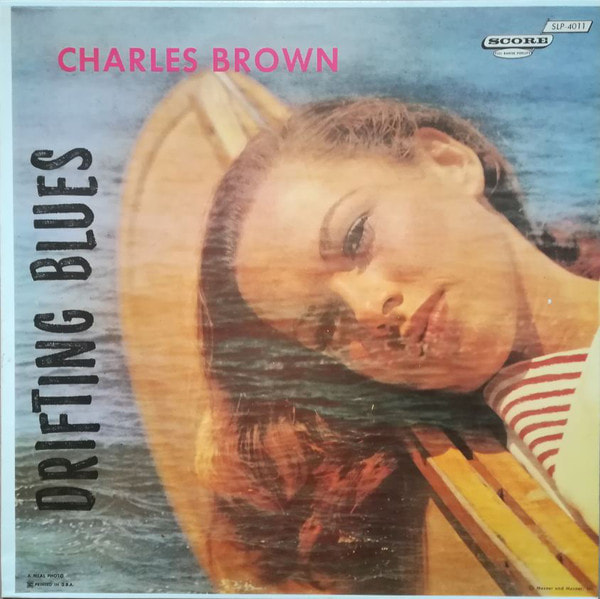
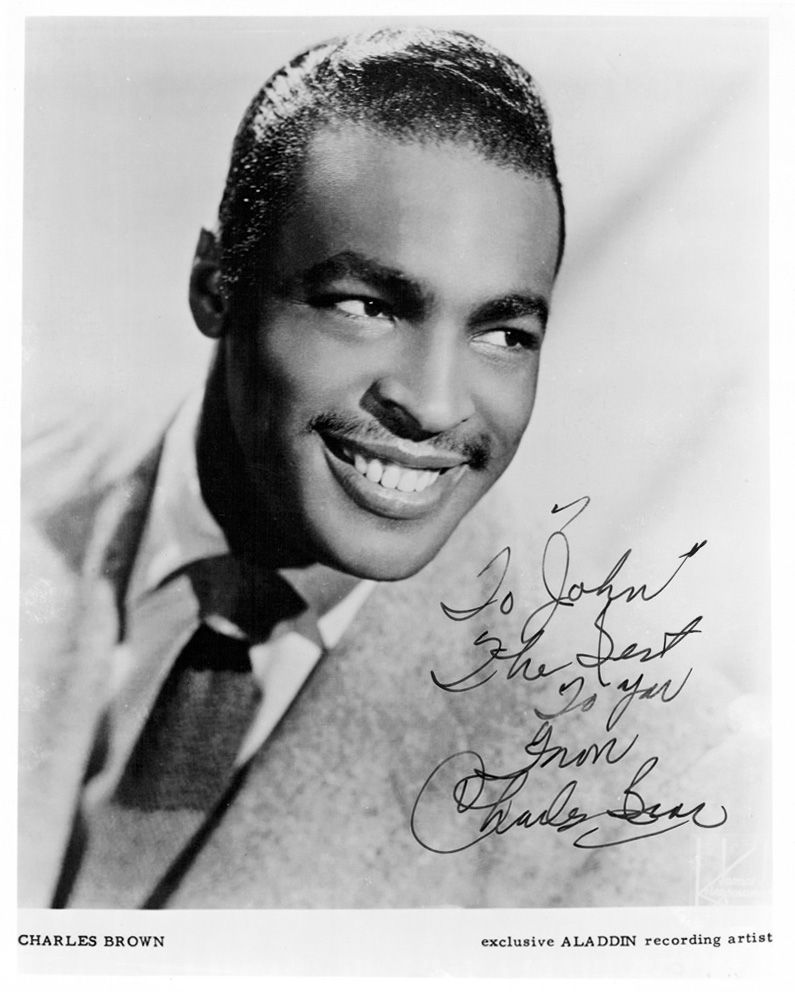
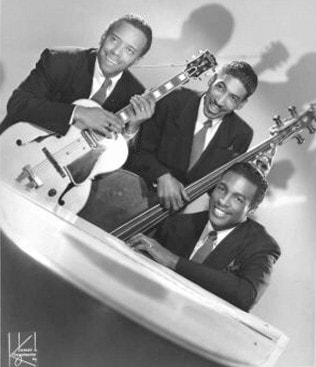
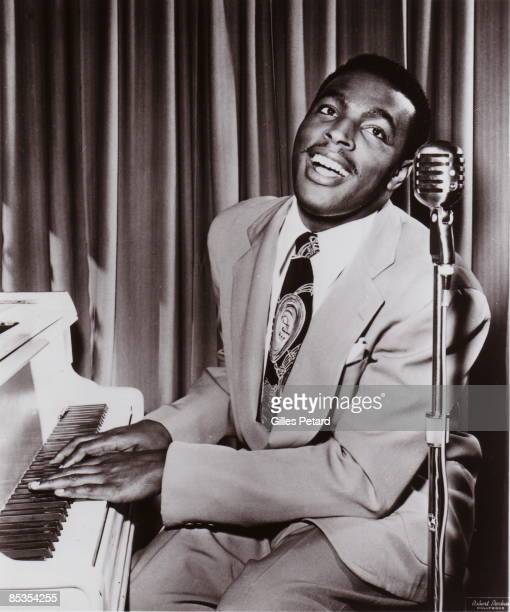
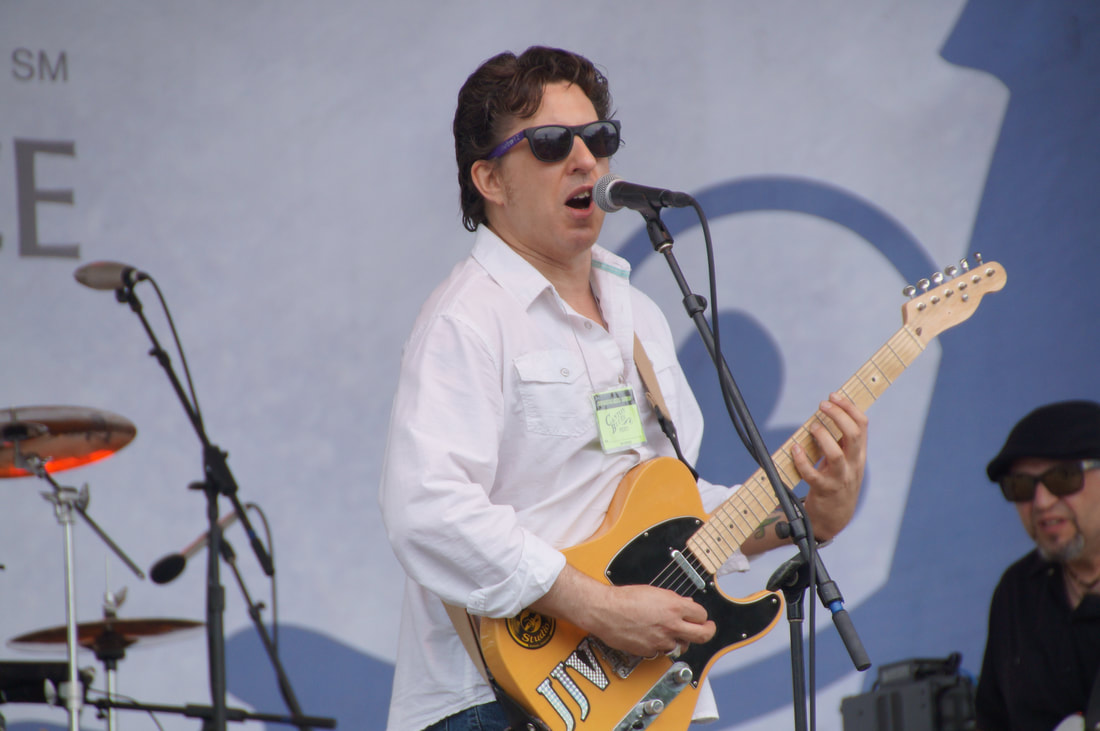
 RSS Feed
RSS Feed